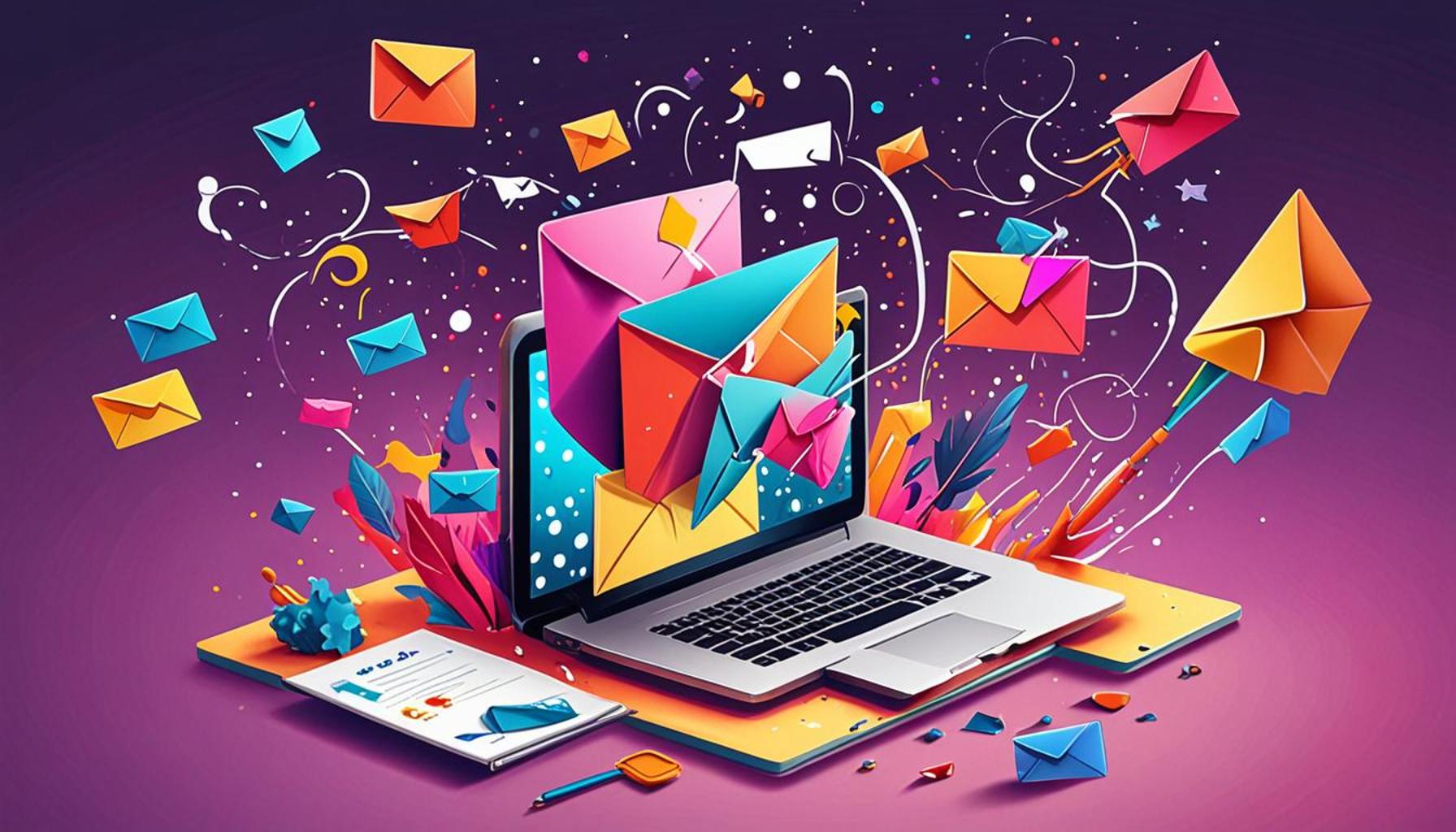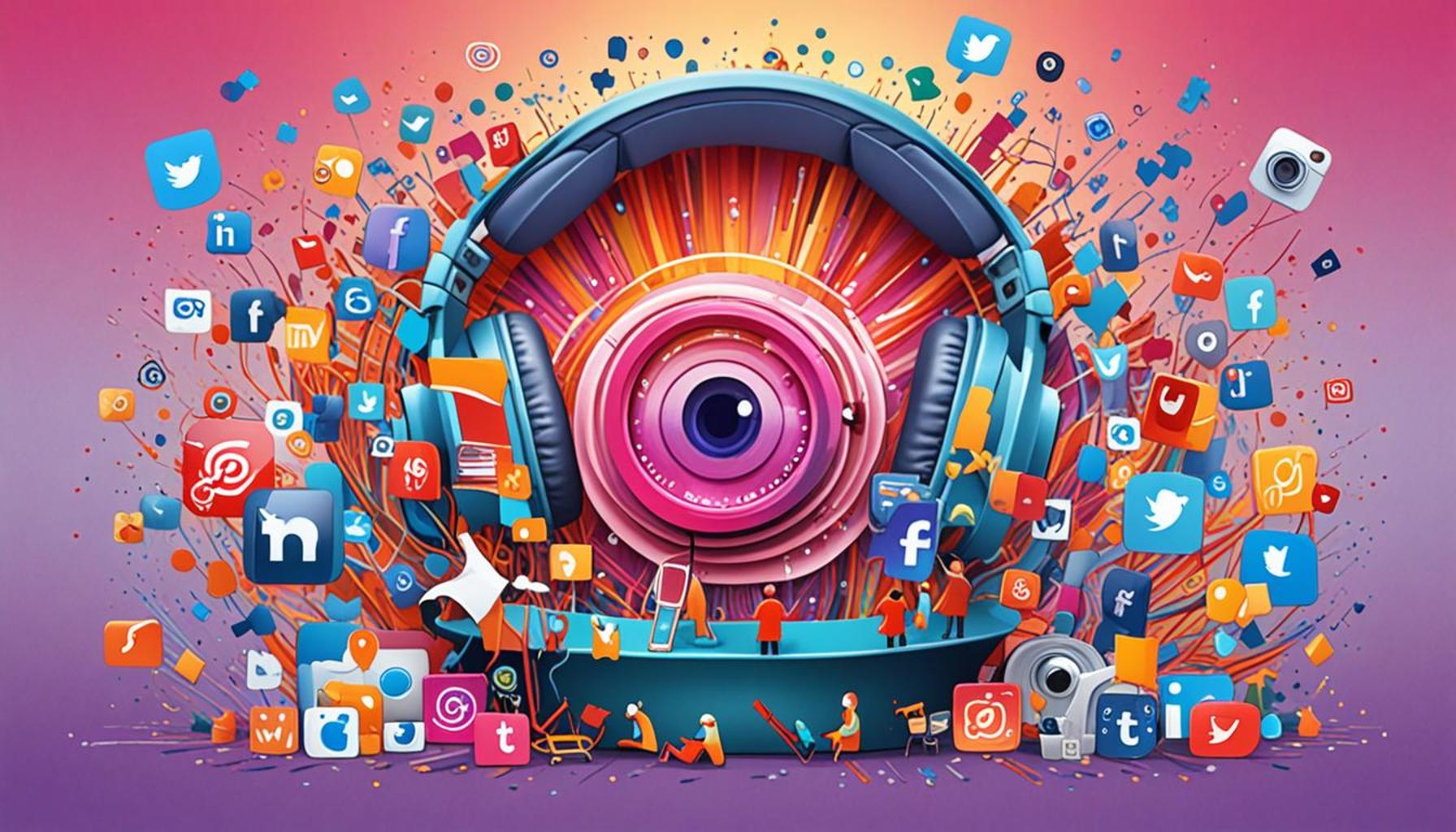Personalization Strategies to Increase Engagement in Email Marketing Campaigns

Understanding the Power of Personalization in Email Marketing
Email marketing thrives on the ability to forge meaningful connections with recipients. In an age where the inbox is cluttered with a barrage of generic advertisements, consumers are quick to overlook messages that don’t resonate with their individual interests. This is where personalization comes into play, transforming standard campaigns into tailored communications that captivate and engage the audience.
One effective strategy in personalization is segmentation. By splitting your email list into smaller, more targeted groups based on characteristics such as demographics, purchase history, or how often they interact with your brand, you can deliver messages that are relevant and timely. For example, a clothing retailer might segment their audience by age or gender to send customized promotions, increasing the likelihood that recipients will respond positively.
Another powerful tool is dynamic content. This technology allows marketers to adjust email content in real-time according to user behavior or preferences. Imagine a subscriber who frequently purchases athletic gear; with dynamic content, your email can feature exclusive discounts on new sports apparel or recommendations based on their past choices. This level of relevance enhances user experience and promotes higher engagement.
Personalized subject lines also play a crucial role in catching attention in busy inboxes. A recipient is significantly more likely to open an email that includes their name or references their interests. For example, a subject line saying “John, your favorite sneakers are on sale!” not only stands out but also instills a sense of personal connection.
Research indicates that personalized emails can yield up to 29% higher unique open rates and 41% higher click-through rates. Such impressive data underscores the potential impact of tailor-made content. Sending the right messages to the right people can foster stronger relationships and enhance customer loyalty, which is crucial in today’s competitive marketplace.
As you explore the nuances of email marketing, you’ll realize that personalization is not merely an additive feature—it’s a foundational element of successful campaigns. By employing effective strategies, businesses can elevate their communication from mundane updates to personalized narratives that truly resonate with their audience. In a world where customer expectations are evolving and personalization is becoming the norm, understanding and implementing these techniques is imperative for thriving. Whether you are a small business or a large corporation, embracing personalization will not only enhance your email marketing efforts but will also pave the way for lasting customer relationships.
RECOMMENDED: Check out this similar article
Key Personalization Strategies for Enhanced Email Engagement
To fully harness the power of personalization in email marketing, businesses must implement several strategic approaches that target the unique preferences and behaviors of their audience. These strategies not only ensure that messages are received and acted upon but also lay the groundwork for loyalty and lasting relationships.
1. Harnessing Behavioral Data
Behavioral data is a goldmine for marketers aiming to tailor their email campaigns effectively. By analyzing actions such as website visits, clicks on previous emails, and purchase history, brands can gain insights into what customers truly want. This data-driven approach allows companies to craft emails that resonate on a personal level. For instance, if a customer frequently browses outdoor gear without making a purchase, a follow-up email showcasing similar products or offering time-limited discounts could convert interest into sales.
2. Timing is Everything
Understanding the timing of your emails is crucial for personalization. According to a study by HubSpot, emails sent on Tuesdays and Thursdays receive the highest engagement rates. However, knowing your specific audience can lead to even better results. Sending emails based on customer time zones and previous engagement times can significantly enhance open and click rates. For example, a retail brand might analyze historical data to determine that their audience is most responsive during lunch breaks, prompting them to time emails to arrive around midday.
3. Personalization Beyond the Name
While addressing a customer by their first name in an email is certainly a step in the right direction, true personalization extends much further. Consider the following elements:
- Purchase Suggestions: Recommend products based on past purchases or browsing behavior. This shows the customer that you are paying attention to their preferences.
- Unique Offers: Send exclusive discounts or promotions tailored to individuals’ shopping habits, making them feel special and valued.
- Content Customization: Tailor your email content to align with customer interests, such as blog posts or special events that resonate with their specific preferences.
Personalizing emails on these parameters encourages customers to interact with your brand more frequently and enthusiastically. According to research by Experian, personalized emails can deliver six times higher transaction rates, compelling businesses to view customization as an urgent priority.
4. Testing and Optimization
No personalization strategy is complete without a robust testing and optimization plan. A/B testing different subject lines, content layouts, and offers is essential. By understanding what resonates best with your audience, you can refine your approach over time, ultimately increasing engagement and conversions. In fact, experts recommend consistently testing various elements of your campaigns to stay ahead of customer preferences and emerging trends.
Incorporating these strategies into your email marketing campaigns can significantly enhance recipient engagement and conversion metrics. By focusing on the unique needs and behaviors of your audience, you not only boost the effectiveness of your messages but also cultivate meaningful relationships that benefit your brand in the long run.
| Strategy | Impact on Engagement |
|---|---|
| Segmentation | Dividing your audience into smaller groups based on demographics, interests, or previous behaviors allows for tailored content that resonates more deeply. |
| Dynamic Content | Using dynamic content changes within email based on user data ensures that messages are relevant, increasing the likelihood of clicks and conversions. |
| Personalized Recommendations | Suggest products or content based on previous interactions to create a more engaging and personalized experience that encourages further exploration. |
| Behavior Triggered Emails | Emails that are sent based on user actions—like abandoned carts or engagement with previous emails—can significantly increase re-engagement rates. |
Personalization strategies in email marketing can transform mundane messages into powerful engagement tools. By employing techniques such as segmentation and dynamic content, businesses can ensure that their communication is not just received but resonates with the recipient, ultimately driving better results. Robust email engagement leads to enhanced customer loyalty and increases conversion rates. The use of personalized recommendations based on user behavior can further enrich the consumer experience, stimulating interest and prompting action. By leveraging behavior-triggered emails, marketers can recapture lost opportunities and reinvigorate their email campaigns. The enhanced relevance of each communication fosters a deeper connection with the audience, paving the way for more fruitful interactions. As these strategies unfold, marketers can expect a noticeable leap in open and click-through rates, illustrating the undeniable value of focusing on personalization.
LEARN MORE: This related article may interest you
Advanced Personalization Techniques to Drive Engagement
As marketers dive deeper into the world of personalization, several advanced techniques have emerged that can further elevate the effectiveness of email campaigns. Implementing these innovative strategies can help nurture customer relationships and keep your brand at the forefront of their minds.
5. Dynamic Content Creation
Dynamic content takes personalization to the next level by allowing marketers to change specific elements of an email based on subscriber data. This practice can dramatically increase engagement since the content displayed is not static but rather tailored to the individual recipient’s preferences or behaviors. For example, a travel company could send an email with different destination recommendations based on each subscriber’s previous travel history or stated preferences. Furthermore, studies show that emails featuring dynamic content can improve click-through rates by up to 600%.
6. Segmenting Your List for Targeted Messaging
segmentation plays a crucial role in personalizing email content. By dividing your subscriber list into targeted segments based on demographics, interests, or behavior, businesses can send highly relevant messages that resonate more deeply with each group. For instance, a retail store can segment customers based on their browsing history to create specific campaigns for men’s attire, women’s wear, or children’s clothing. According to research by Mailchimp, segmented campaigns have an open rate that is 14.31% higher than non-segmented campaigns, substantially boosting potential engagement levels.
7. Utilizing Customer Journey Mapping
Understanding the customer journey is essential for effective email personalization. By mapping out the various stages that customers typically go through—from awareness to consideration to purchase—marketers can create targeted email content that aligns with each stage. For example, new subscribers might receive a welcome series introducing them to the brand and its products, while timing promotional emails for loyal customers who are nearing their purchase anniversary can drive repeat sales. A study by Magento found that 74% of marketers agree that personalized customer journeys significantly enhance customer engagement, highlighting its importance in email marketing strategies.
8. Incorporating User-Generated Content
User-generated content (UGC) offers a unique way to personalize emails and boost engagement. By showcasing customer reviews, photos, and testimonials within email campaigns, brands can create a sense of community and authenticity. When potential customers see real-life experiences shared by their peers, they are more likely to trust the recommendations and interact with the brand. Incorporating UGC not only enhances personalization but also leads to potential conversion increases, with 79% of people saying user-generated content highly impacts their purchasing decisions.
These advanced personalization techniques highlight the evolving landscape of email marketing and demonstrate how brands can leverage these strategies to create more engaging and relevant campaigns. As competition in the marketing space continues to intensify, embracing personalization will be critical for maintaining customer attention and driving long-term loyalty. By continually innovating and exploring new avenues for personalization, businesses can ensure their email marketing efforts remain impactful and engaging amidst changing consumer expectations.
RECOMMENDED: Check out this similar article
Conclusion: The Future of Email Marketing Through Personalization
The digital marketing landscape is in a constant state of flux, making it essential for brands to effectively implement personalization strategies in their email marketing efforts. These strategies, which include dynamic content creation and segmentation, as well as keen insights into customer journey mapping, are growing increasingly vital. Businesses that harness these techniques can not only enhance engagement levels but also cultivate lasting relationships with their customers. For example, evidence indicates that dynamic content can elevate click-through rates by an astonishing 600%. This staggering figure reflects how tailored messaging can capture the attention of recipients much more effectively than generic campaigns. Furthermore, segmented campaigns outperform their standard counterparts, achieving a 14.31% higher open rate. This suggests that knowing one’s audience leads to more successful outreach efforts.
In addition, the integration of user-generated content serves a dual purpose: it not only adds an element of authenticity to marketing messages but also inspires community engagement. Studies reveal that 79% of consumers feel influenced by user-generated content when making purchasing decisions. Brands like GoPro and Starbucks have effectively utilized user content in their email marketing, celebrating their community and showcasing real-life experiences with their products, effectively building trust and encouraging deeper connections.
Looking ahead, the future of email marketing is poised to be characterized by personal connections and tailored experiences. Marketers who embrace innovative personalization strategies are not just appealing to individual preferences; they are also acknowledging the broader shifts in consumer behavior driven by technology and connectivity. With consumers inundated by an overwhelming number of emails, a personalized approach can dramatically increase the likelihood of engagement.
Consequently, as businesses strive to maintain relevance in this competitive landscape, investing in personalization may serve as the key to unlocking not just higher engagement but also enduring success. It is clear that those who prioritize understanding their customer’s unique needs will position themselves as leaders within their industries, ensuring their marketing messages resonate deeply and effectively with their audience.

